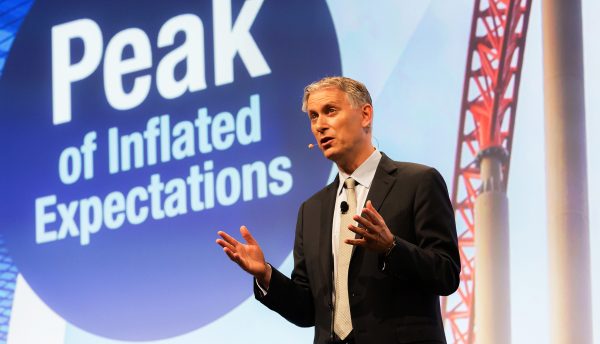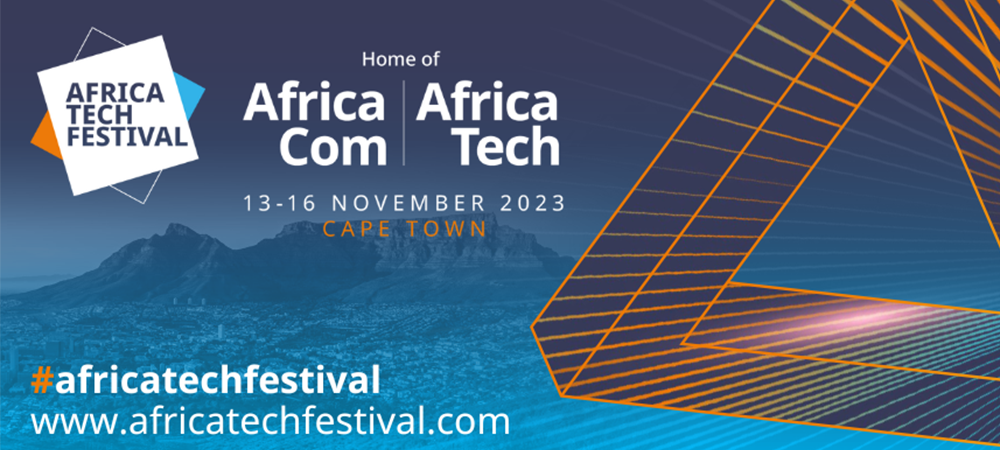“There are insufficient local hyper-scale and large-scale datacenters to support cloud systems, which cause local organisations to derive cloud offering from abroad,” said Peter Sondergaard, Executive Vice President and Global Head of Research at Gartner, at the recent Gartner Symposium ITxpo, in Dubai, UAE.
“Moreover, latency, legal and local currency makes this option problematic and limits cloud adoption among businesses in MENA,” he added. Cloud spending in the region is among the lowest in the world when measured as percentage of total IT spending.
Middle East and North Africa IT spending is projected to reach $155 billion in 2018, a 3.4% increase from 2017, according to the latest forecast by Gartner. In 2018, the MENA region will exhibit its highest IT spending increase in the last three years. Spending in communication services, mobile voice and data primarily, mostly by consumers, is the segment that will largely contribute to the rise in IT spending in MENA this year.
Software is projected to exhibit the strongest growth in 2018, with a 12.7% increase year over year. Software spending has also been growing at a double-digit rate, the last two years. The growth has been driven by companies pursuing new functionalities in major back-office systems like supply chain management, enterprise resource planning and customer service.
The communications services segment — the largest spending segment in MENA — is growing to serve increasing demand for premium mobile phones. Communications services are expanding coverage and increasing data transfer rates while keeping prices low. The rising demand of premium mobile phones by consumers is also set to fuel growth in the devices spending segment in 2018.
Not all categories of IT spending in MENA will surpass the regional total average in 2018. Cloud spending in the region is among the lowest in the world when measured as percentage of total IT spending.
The MENA region witnesses continued focus on technology initiatives and improvements. Digital business transformation is creating new industry revenue streams. In 2018, the leading segments driving IT spending growth in the region are banking and securities growing at 3.6%, insurance at 2.9% and retail at 2.8%. IT spending in the banking sector is driven by its move into digital business and the corresponding investments in technologies such as analytics, blockchain and artificial intelligence. For the insurance sector, IT spending is led by investment in software applications.
Clearly, digital is here and digital disruptors are emerging in all industries. “We have seen this in books, clothing, and now it is happening in other industries such as traditional grocery markets and consumer durables,” said Sondergaard. “MENA CIOs must embrace digital transformation. They need to build the momentum to scale and create value by amplifying the power of their people, their organisation culture, and their technology platform to deliver breakthrough value.”
Organisations that are not creating new digital business models, or new ways to engage constituents or customers, will begin to lag. “Those vendors that do not move more quickly than their clients will be left behind,” Sondergaard concluded.








